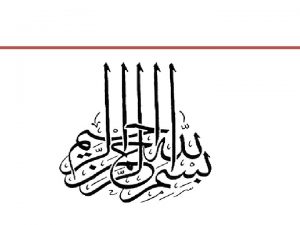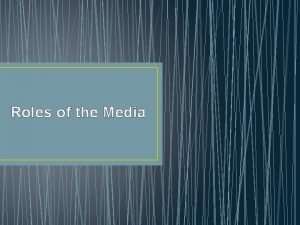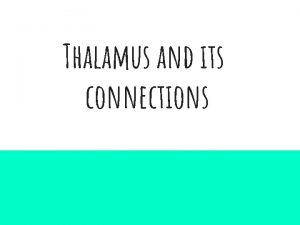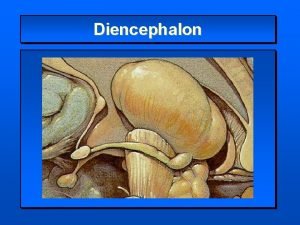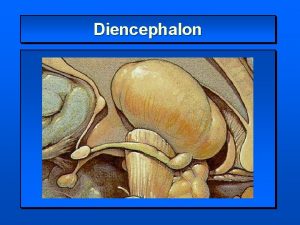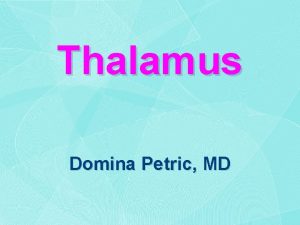1 THALAMUS The thalamus is the gatekeeper and







- Slides: 7

1) THALAMUS - The thalamus is the gatekeeper and stops signals from the body/brain from going to the cerebral cortex - Also starts the slow brain waves (delta waves) found in deep sleep

THALAMUS 2) RETICULAR FORMATION - Produces main neurotransmitters needed for sleep - Makes up much of the core of the brain stem - Damage to this area can cause a coma or death - Plays a central role in consciousness

THALAMUS RETICULAR FORMATION 3) PONS - - Pons has very special set of neurons which are only active during REM sleep, even if disconnected from practically all of brain Involved with paralysis of limbs, as it sends signals to brain stem to shut down muscle movement

THALAMUS RETICULAR FORMATION PONS 4) PINEAL GLAND - where the hormone melatonin is produced - Melatonin helps regulate the circadian clock - melatonin is stimulated by darkness

THALAMUS 5) AMYGDALA - The emotion centre which is active during dreaming - studies have shown that when we don’t get enough sleep, we have a harder time judging the neutrality of something and become overly emotional RETICULAR FORMATION PONS PINEAL GLAND

THALAMUS 6) HIPPOCAMPUS - Memory region of the brain which is active during dreaming RETICULAR FORMATION AMYGDALA PONS PINEAL GLAND

7) HYPOTHALAMUS - contains suprachiasmatic nucleus which maintains the circadian clock - Also contains the ventrolateral preoptic nucleus (VRLO) which releases neurotransmitters that inhibit wakefulness THALAMUS RETICULAR FORMATION HIPPOCAMPUS AMYGDALA PONS PINEAL GLAND



